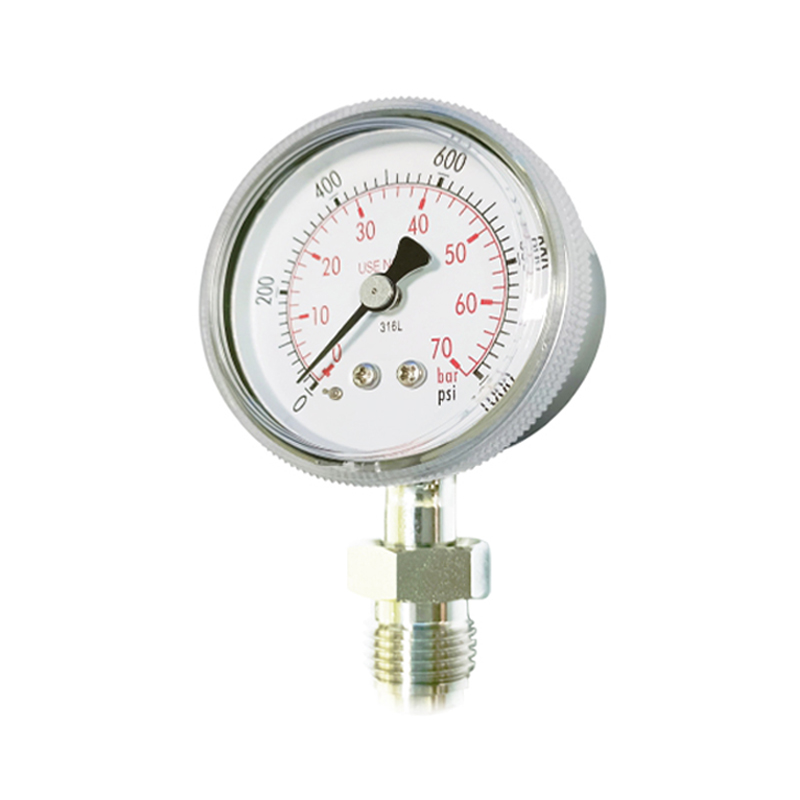
Kas . 07, 2024 05:52 Back to list
Understanding Fire Extinguisher Pressure Gauge Maintenance for Optimal Safety Performance
Understanding the Pressure Gauge of Fire Extinguishers
Fire extinguishers are essential safety devices that can save lives and property during a fire emergency. Among the various components of a fire extinguisher, one of the most critical is the pressure gauge. This article delves into the importance of the pressure gauge, how it functions, and why regular checks are vital for ensuring safety.
What is a Pressure Gauge?
A pressure gauge is a crucial instrument found on most portable fire extinguishers. It indicates the pressure within the extinguisher, which is essential for determining its operational readiness. The gauge typically features a color-coded dial with three zones green, yellow, and red. The green zone indicates that the extinguisher is properly pressurized and ready for use. The yellow zone signals caution, implying that the pressure is getting low and may require servicing. The red zone indicates that the extinguisher is not pressurized and is therefore not effective in an emergency situation.
Importance of the Pressure Gauge
The pressure gauge serves several important functions. First and foremost, it helps users to quickly assess whether a fire extinguisher is in working condition. In a dangerous situation where every second counts, knowing that your firefighting equipment is fully operational can make a significant difference.
Additionally, the pressure gauge can also assist in regular maintenance routines. Fire extinguishers require annual inspections by a trained professional, and part of that process involves checking the pressure gauge. A low or empty gauge can prompt immediate action, such as recharging or replacing the extinguisher.
How to Read the Pressure Gauge
pressure gauge of fire extinguisher service

Reading a pressure gauge is straightforward. When you look at the gauge, you will see a needle that indicates the current pressure level. Make sure to familiarize yourself with the color zones on the gauge. If the needle is in the green zone, the extinguisher is ready for use. If it resides in the yellow zone, it may still work, but it’s advisable to have it checked. The red zone indicates that the extinguisher requires servicing immediately.
It's also worth noting that while most modern extinguishers come with reliable pressure gauges, external factors such as extreme temperatures can affect readings. For example, if an extinguisher is exposed to extreme heat or cold, it might cause the pressure to fluctuate, which can lead to inaccurate readings. Thus, it’s essential to store fire extinguishers in a climate-controlled environment whenever possible.
Regular Maintenance and Checks
Besides checking the pressure gauge, fire extinguishers require other maintenance tasks. Owners should conduct monthly visual inspections of extinguishers, making sure that
1. The extinguisher is easily accessible and visible. 2. There are no obstructions in the way. 3. The extinguishing agent isn’t leaking or has corroded. 4. The safety pin and tamper seal are intact.
Professional inspections should be performed annually to ensure that the extinguisher meets local regulations and standards. During these inspections, a trained technician will not only check the pressure gauge but also look for signs of wear and tear, perform necessary servicing, and recharge the extinguisher if needed.
Conclusion
The pressure gauge of a fire extinguisher is more than just a simple component; it is a critical indicator of safety. Regular checks of the pressure gauge can help ensure that fire extinguishers are always ready to function effectively during an emergency. Understanding how to read the gauge and knowing the importance of routine maintenance can ultimately save lives and protect property. As responsible individuals or organizations, it is essential to prioritize the upkeep of firefighting equipment. By doing so, we enhance our preparedness and response capabilities in the face of potential fire incidents. Remember, when it comes to fire safety, being proactive can make all the difference.
-
Fluke Differential Pressure Gauges Precision Instruments for Industrial Use
NewsMay.25,2025
-
WIKA Differential Pressure Gauge 700.01 - High Accuracy & Durable Design
NewsMay.25,2025
-
Diaphragm Pressure Gauges High-Accuracy & Durable Solutions
NewsMay.25,2025
-
High-Accuracy Differential Pressure Gauge Diaphragms OEM Factories & Services
NewsMay.24,2025
-
Water Fire Extinguisher Pressure Gauge Durable Supplier Solutions
NewsMay.24,2025
-
Handheld Digital Differential Pressure Gauge Portable, High-Accuracy & Real-Time Data
NewsMay.24,2025
